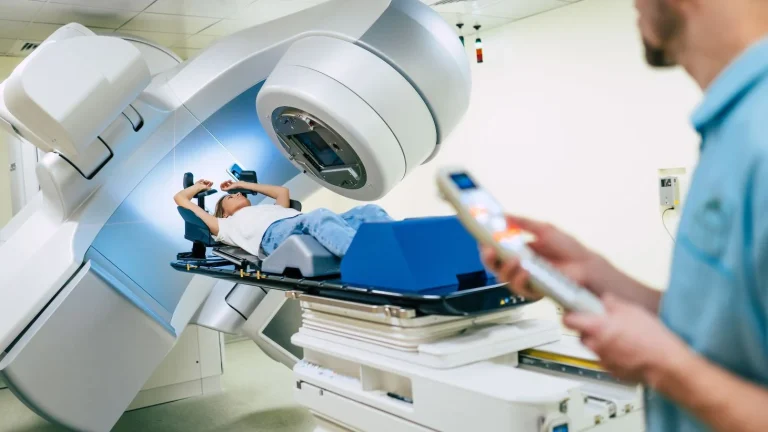A team of researchers at University of Massachusetts Amherst-Ernest Pharmaceuticals say they have made patient-friendly advances in developing a non-toxic bacterial therapy (BacID) to deliver cancer fighting drugs directly into tumors.
This is contained in a report published by ScienceDaily.
According to lead author, Vishnu Raman, the emerging technology has the potential to deliver safer and more effective treatment of cancers with high mortality rates, such as liver and breast cancers.
Clinical trials with participating cancer patients are estimated to begin in 2027.
The report quoted Raman, as saying that the scientists were trying to unlock the potential to treat late-stage cancers.
“This treatment is so targeted; it can treat some cancers without the harsh side effects you’d see with other systematically delivered therapies, like chemotherapy,” he said.
The new findings are the culmination of more than a decade of research by Raman, chief scientific officer at Ernest Pharmaceuticals a Amherst Institute for Applied Life Sciences (IALS) startup.
The senior author of the research published recently in the Journal Molecular Therapy and Prof, Neil Forbes, said the research was exciting.
According to him, all critical pieces for getting an effective bacterial treatment for cancer were available.
The team has been fine tuning the development of non-toxic, genetically engineered strains of Salmonella to target tumors and then control the release of cancer-fighting drugs inside cancer cells.
In addition to sparing healthy tissue from damage, this cancer treatment platform was able to deliver orders of magnitude more therapy than the administered dose because the simple-to-manufacture bacteria grow exponentially in tumors.
“We were focusing on how to make this strain really safe and user friendly.
“The genetic engineering steps we took made this strain at least 100 times safer than anything that’s been tried in the past,” Raman said.
The report said Raman and the team figured out a way to control when the bacteria, after it has been intravenously injected, invades the cancer cells and delivers the therapy.
This greatly improved the ability to target the tumors with higher concentrations of the drug therapy, while also making the treatment much safer.
“In the first-generation strain, we were basically relying on the bacteria’s own brain to go find the tumor and deliver the therapy.
“But we couldn’t control exactly when that was happening so there were risks associated with invading healthy cells, as well as pre-mature clearance of the bacteria before they colonise tumors.
“We wanted to mitigate both risks,” the report quoted Raman as saying.
NAN


